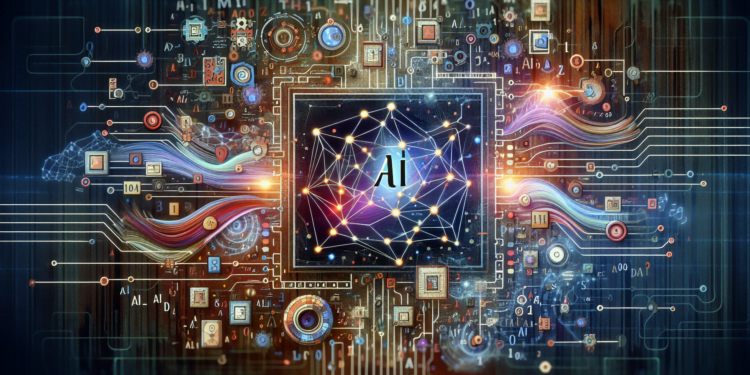Artificial intelligence (AI) remains one of the most exciting and dynamic areas of current science and technology. Its rapid advancement has made data association a crucial field of study, allowing increasingly accurate inferences and predictions to be made from huge datasets. In this article, a detailed understanding of essential terms related to data association within AI will be provided, exploring the underlying theories and the cutting edge of algorithms and applications.
Machine Learning
Machine Learning is the subfield of artificial intelligence dedicated to designing and developing algorithms that enable machines to learn from data. Data association is vital here, as machine learning models rely on patterns and correlations in data to make predictions or decisions without being explicitly programmed to perform specific tasks.
Neural Networks
Neural networks are computational models inspired by the human brain’s functionality, composed of processing units called neurons. They are particularly notable in deep learning, where complex structures enable data processing and association at multiple abstraction levels.
Backpropagation
Backpropagation is a technique used for training neural networks, based on correcting errors from the output back to the input layers, allowing the network to adjust its weights and “train” itself in associating complex patterns in the data.
Clustering Algorithms
Clustering, or cluster analysis, is an unsupervised learning method involving grouping data points based on their similarity. K-means and DBSCAN are examples of algorithms used to discern data association in unlabeled groups.
Decision Trees
Decision trees are predictive models that use a tree structure to make decisions based on the association of data attributes with particular outcomes. Decision trees are valuable for their interpretability and form the basis of more complex algorithms like ensembles or “forests.”
Ensemble Learning
This method combines predictions from multiple machine learning models to produce a better and more robust prediction than any individual model could provide. Techniques like random forests and boosting leverage the data association of multiple decision trees to improve prediction accuracy.
Natural Language Processing (NLP)
A branch of artificial intelligence that focuses on the interaction between computers and human language, Natural Language Processing uses data association in the form of text to teach machines to understand, interpret, and manipulate human language.
Topic Modeling
Topic modeling is an NLP technique identifying abstract patterns or themes within a set of documents. Algorithms like Latent Dirichlet Allocation (LDA) associate words with specific themes, enabling the classification and detailed analysis of large volumes of text.
Machine Translation
Machine translation is the process of converting text from one language to another using artificial intelligence algorithms. Models based on neural networks and deep learning have significantly improved the quality of linguistic data association between languages.
Big Data and Data Analysis
Big data refers to datasets so large or complex that traditional data processing applications are unsuitable for dealing with them. AI plays a crucial role here, providing the necessary tools for uncovering patterns and associations in massive datasets.
Data Mining
Data mining is the process of finding anomalies, patterns, and correlations within large datasets to predict outcomes. Using a variety of techniques ranging from statistics to machine learning, data mining focuses on extracting useful knowledge from vast amounts of information.
Storage and ETL
ETL stands for “Extract, Transform, Load,” and is a fundamental process in handling big data. It involves extracting data from various sources, transforming it to meet analytical needs, and loading it into storage systems, where it can be associated and analyzed by AI algorithms.
Ethics and Privacy
When handling large volumes of personal or sensitive data, AI faces significant ethical challenges. Issues of privacy, data bias, and transparency must be considered to ensure that not only is data association effective but also responsible.
Data Regulations
Legislations like the GDPR have changed the way data must be handled, with a significant impact on AI. Data association must now be done in compliance with strict rules that protect the privacy and autonomy of the individual.
Conclusion
Data association is a pillar of artificial intelligence, and understanding it is vital for progress in the digital age. As technologies evolve and become more integrated into our daily lives, comprehension of these concepts by professionals and enthusiasts becomes essential. This glossary serves as a tool to stay up-to-date with technical vocabulary and practical developments in the vibrant field of AI.






















